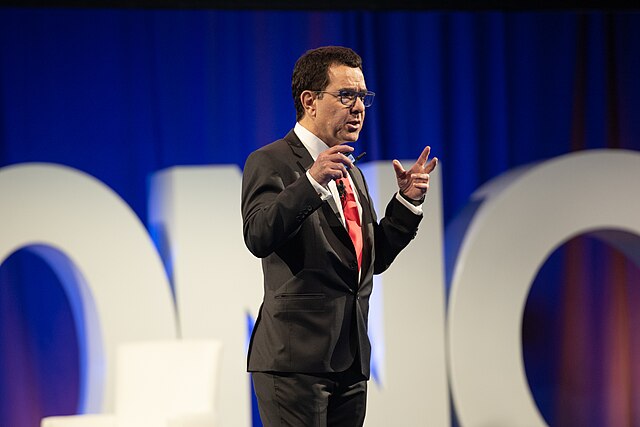Futurist Tony Seba and his disruptive predictions have sent shockwaves through the transportation industry. His central theory hinges on the rapid rise of electric vehicles (EVs) and the subsequent decline of gasoline-powered cars, ultimately leading to a paradigm shift towards Transportation as a Service (TaaS). China, a global manufacturing powerhouse with a keen eye on innovation, appears to be converging with Seba’s vision in a way that could significantly impact the future of mobility.
Seba’s core prediction revolves around the dramatic cost decline of EV batteries. He envisioned a price point of $100 per kilowatt-hour (kWh) by 2023, making EVs not only competitive but significantly cheaper than gasoline vehicles. While the exact $100 target may not be universally reached, the overall trend aligns with Seba’s vision, with battery prices steadily dropping and nearing that mark.
China, recognizing this trend, has become a dominant force in battery production, controlling over 70% of global capacity. This dominance, coupled with ongoing advancements in battery technology, is accelerating the cost decline predicted by Seba. Lower battery costs pave the way for cheaper EVs, a critical factor in the widespread adoption that would fuel the TaaS revolution.
TaaS, a subscription-based model where individuals access vehicles on an as-needed basis, stands to be a major beneficiary of Seba’s EV predictions. With cheaper EVs and potentially longer lifespans due to less wear and tear from individual ownership, TaaS companies could offer highly affordable and convenient transportation options.
China is already showing signs of embracing TaaS. Several domestic ride-hailing giants, like Didi Chuxing, are actively investing in and expanding their electric vehicle fleets. This not only aligns with Seba’s vision of a shift away from personal car ownership but also positions China as a potential leader in the TaaS revolution.
However, significant hurdles remain. Building the necessary infrastructure for large-scale EV charging and ensuring the widespread adoption of autonomous vehicles, another key element of Seba’s vision, are complex challenges. China will need to invest heavily in upgrading its electric grid and developing robust autonomous driving technologies.
Despite the challenges, China’s strategic investments in battery production, its growing EV market, and the increasing popularity of TaaS platforms suggest the country is actively preparing for a future that aligns with Seba’s predictions. If China can overcome the infrastructure and technological hurdles, it could become a global leader in both the EV revolution and the TaaS transformation of the transportation landscape. Whether Seba’s timeline unfolds exactly as predicted remains to be seen, but China’s proactive approach positions it to be a major player in the transportation revolution to come.

